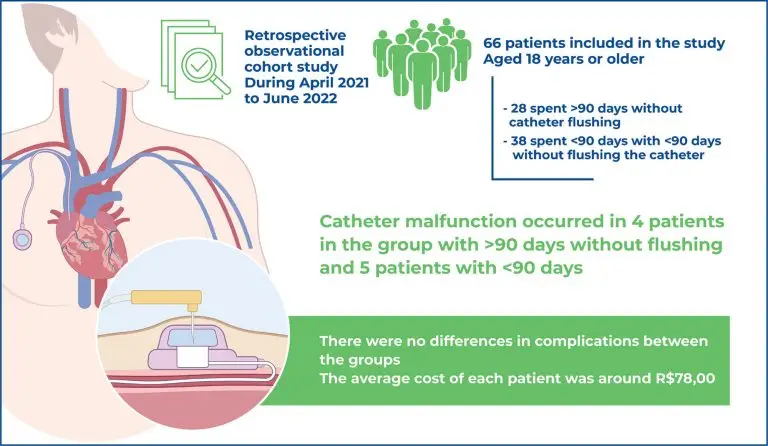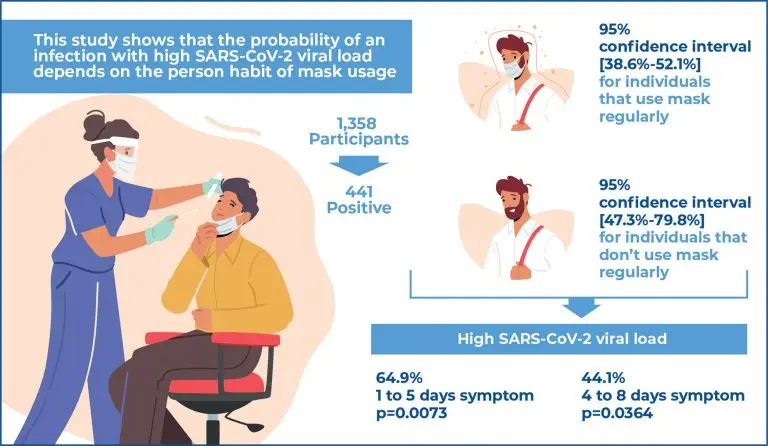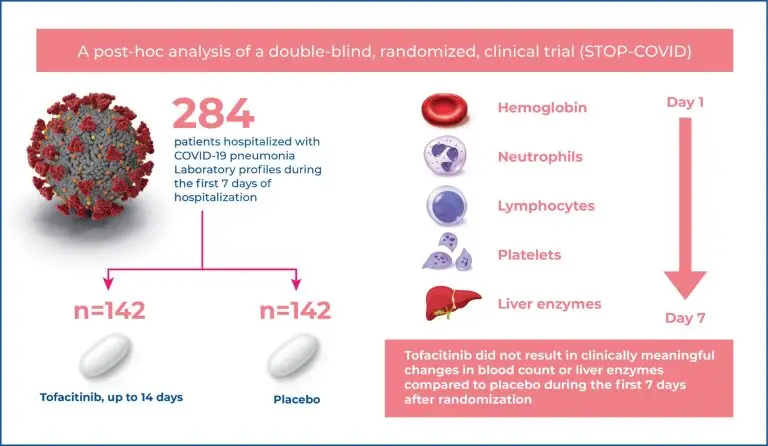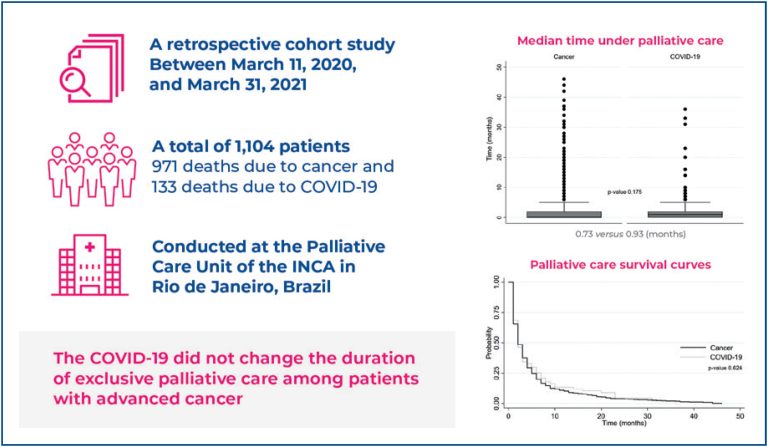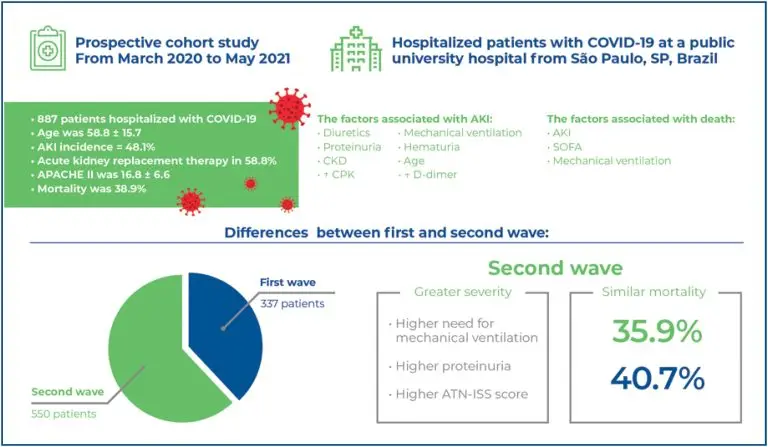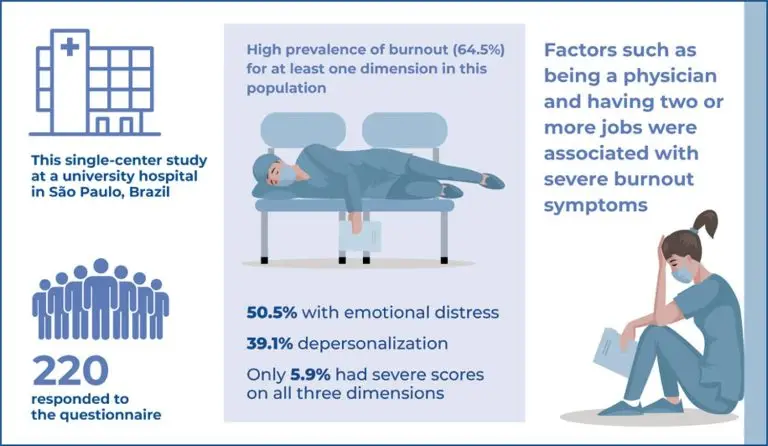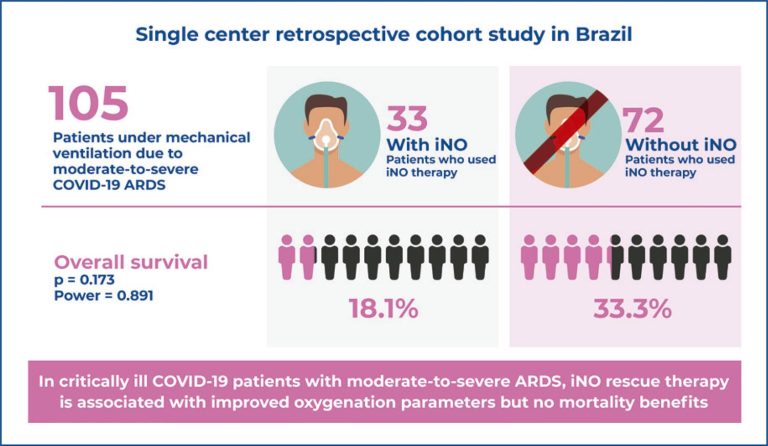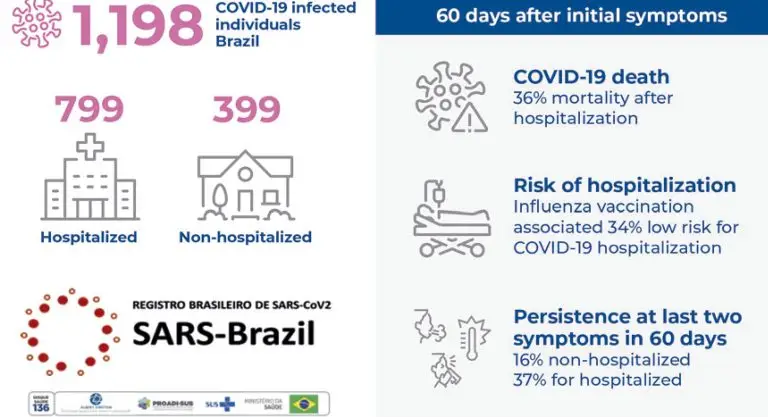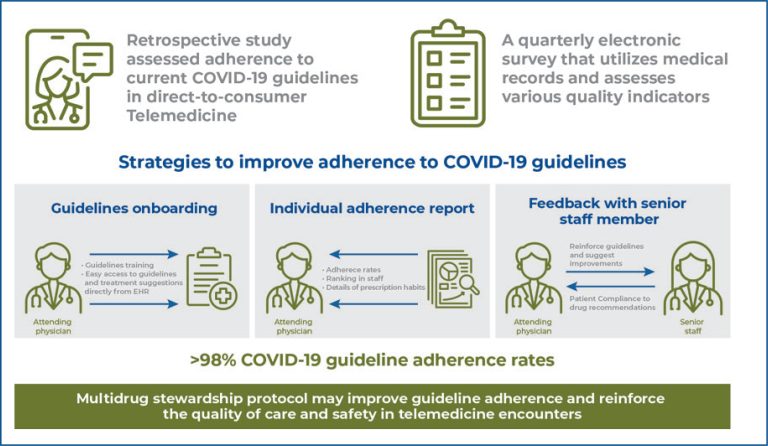21/Nov/2024
Correlation between increased flushing intervals and malfunction and infectious complications in fully implantable catheters during the COVID-19 pandemic
einstein (São Paulo). 21/Nov/2024;22:eAO0736.
View Article21/Nov/2024
Correlation between increased flushing intervals and malfunction and infectious complications in fully implantable catheters during the COVID-19 pandemic
DOI: 10.31744/einstein_journal/2024AO0736
Highlights Long-term catheter flushing for >90 days has preserved function. Ports cleaned after 90 days have the same colonization rate as those flushed early. Long-term catheters may be colonized in asymptomatic patients. The longer port cleaning interval reduces costs. ABSTRACT Objective: To evaluate the incidence of malfunction and colonization rates of fully implantable long-term catheters left unflushed during the COVID-19 pandemic; and to evaluate the average cost of transporting each patient to the hospital for flushing. Methods: During the COVID-19 […]
Keywords: Catheters related infections; Catheters, indwelling; Coronavirus infections; COVID-19; Flushing; Long-term care; Pandemics; Saline solution; Vascular access devices
31/Oct/2024
Face mask use and viral load in patients with mild symptoms of COVID-19
DOI: 10.31744/einstein_journal/2024AO0495
Highlights ■ Probability of infection with a high SARS-CoV-2 viral load depends on mask-wearing habits. ■ The higher probability of infection with high viral load occurs for individuals that don’t use mask regularly [47.3%–79.8%]. ■ For individuals who use masks regularly, the probability is 38.6%–52.1%. ABSTRACT Objective: Previous studies indicated that face masks reduce the probability of infection by SARSCoV- 2 but did not examine the relationship between SARS-CoV-2 viral load and mask usage. This study analyzed this relationship. Methods: […]
Keywords: Communicable diseases; Coronavirus disease; COVID-19; Infectious; Masks; N95 respirators; Respiratory protective devices; SARS-CoV-2; Viral load
17/Oct/2024
Laboratory profiles of patients hospitalized with COVID-19 pneumonia treated with tofacitinib or placebo: a post hoc analysis from the STOP-COVID trial
einstein (São Paulo). 17/Oct/2024;22:eAO0821.
View Article17/Oct/2024
Laboratory profiles of patients hospitalized with COVID-19 pneumonia treated with tofacitinib or placebo: a post hoc analysis from the STOP-COVID trial
DOI: 10.31744/einstein_journal/2024AO0821
Highlights Tofacitinib use did not result in meaningful changes in hematological parameters. Tofacitinib use did not lead to clinically meaningful changes in liver enzymes. ABSTRACT Objective: Tofacitinib, an oral Janus kinase inhibitor, has been tested against a placebo in 289 patients with COVID-19 pneumonia. We analyzed the data from the tofacitinib- and placebotreated patient cohorts to evaluate the laboratory profiles between baseline and day 7. Methods: We performed post hoc analyses on the following laboratory tests over time during the […]
Keywords: Alanine transaminase; Aspartate aminotransferases; Coronavirus infections; COVID-19; Janus kinase inhibitors; Lab results; Platelet count; Pneumonia; Tofacitinib
25/Sep/2024
Fatality from COVID-19 does not affect palliative care duration among patients with advanced cancer: a retrospective cohort study
einstein (São Paulo). 25/Sep/2024;22:eAO0536.
View Article25/Sep/2024
Fatality from COVID-19 does not affect palliative care duration among patients with advanced cancer: a retrospective cohort study
DOI: 10.31744/einstein_journal/2024AO0536
Highlights Fatality due to COVID-19 does not alter the time under oncological palliative care. The retrospective design of this pioneering study allows causal inference. Access to oncological palliative care frequently approaches terminality of life. ABSTRACT Objective: This study aimed at investigating the extent to which COVID-19-induced fatalities affect the duration of palliative care among patients with advanced cancer. Methods: A retrospective cohort study was conducted at the Palliative Care Unit of the Brazilian Instituto Nacional de Câncer in Rio de […]
Keywords: Cause of Death; COVID-19; Neoplasms; Palliative care; Pandemics; Survival; Underlying cause of death
25/Sep/2024
Acute kidney injury in coronavirus disease: a comparative study of the two waves in Brazil
DOI: 10.31744/einstein_journal/2024AO0687
ABSTRACT Highlights Renal involvement was frequent in patients with COVID-19 and related to worse outcomes. Diuretic use, mechanical ventilation, proteinuria, hematuria, age, and creatine phosphokinase and D-dimer levels were risk factors for acute kidney injury. Acute kidney injury, mechanical ventilation, elevated SOFA Score, and elevated ATN-ISS were associated with mortality. The second wave was associated with greater severity; however, the mortality rates were similar between the two periods. This may reflect the effectiveness of vaccines and the constant learning that […]
Keywords: Acute kidney injury; Brazil; Coronavirus infections; COVID-19; Incidence; Mortality; Prognosis; Receptor cross-talk
20/Aug/2024
Prevalence and risk factors of Burnout syndrome among intensive care unit members during the second wave of COVID-19: a single-center study
einstein (São Paulo). 20/Aug/2024;22:eAO0271.
View Article20/Aug/2024
Prevalence and risk factors of Burnout syndrome among intensive care unit members during the second wave of COVID-19: a single-center study
DOI: 10.31744/einstein_journal/2024AO0271
Highlights A single-center study evaluated the prevalence and risk factors for Burnout syndrome in intensive care unit teams. The study revealed a high prevalence of Burnout syndrome in at least one dimension. Factors such as profession and having two or more jobs were associated with severe burnout symptoms. The study highlighted the need for interventions and support to address burnout among intensive care unit teams. ABSTRACT Objective: To evaluate the prevalence of burnout among the intensive care unit team of […]
Keywords: Anxiety; Burnout, psychological; COVID-19; Intensive care units; Pandemics; Stress, psychological; Surveys and questionnaires
29/Jul/2024
Inhaled nitric oxide in moderate-to-severe COVID-19 acute respiratory distress syndrome: a retrospective cohort study
einstein (São Paulo). 29/Jul/2024;22:eAO0578.
View Article29/Jul/2024
Inhaled nitric oxide in moderate-to-severe COVID-19 acute respiratory distress syndrome: a retrospective cohort study
DOI: 10.31744/einstein_journal/2024AO0578
Highlights Acute respiratory distress syndrome is a severe presentation of COVID-19 without effective treatment despite intensive research. Inhaled nitric oxide is a vasodilator that has been studied in patients with acute respiratory distress syndrome COVID-19 yielding contradictory results. The use of inhaled nitric oxide rescue therapy in critically ill patients with COVID-19 experiencing moderate-to-severe acute respiratory distress syndrome was significantly associated with an improvement in oxygenation parameters with no difference in mortality. ABSTRACT Objective: To evaluate the responsiveness of COVID-19 […]
Keywords: Coronavirus infections; COVID-19; Critical illness; Intensive care units; Length of stay; Nitric oxide; Respiratory distress syndrome; SARS-CoV-2
22/Jul/2024
Mortality, hospitalizations, and persistence of symptoms in the outpatient setting of the first COVID-19 wave in Brazil: results of SARS-Brazil cohort study
einstein (São Paulo). 22/Jul/2024;22:eAO0652.
View Article22/Jul/2024
Mortality, hospitalizations, and persistence of symptoms in the outpatient setting of the first COVID-19 wave in Brazil: results of SARS-Brazil cohort study
DOI: 10.31744/einstein_journal/2024AO0652
Highlights Previous influenza vaccination was associated with a reduced need for hospitalization after COVID-19 diagnosis. In 60 days of outpatient setting, four deaths occurred (three in the hospitalized and one in the non-hospitalized group). The persistence of more than two symptoms in 60 days was observed in 31.9% of patients. ABSTRACT Objective: To evaluate deaths, hospitalizations, and persistence of symptoms in patients with COVID-19 after infection in an outpatient setting during the first COVID-19 wave in Brazil. Methods: This prospective […]
Keywords: Brazil; Coronavirus infections; COVID-19; Hospitalization; Intensive care unit; Length of stay; Long-term COVID-19 symptoms; Mortality; SARS-CoV-2
24/Jun/2024
Multidrug stewardship and adherence to guidelines in >200,000 direct-to-consumer Telemedicine encounters
DOI: 10.31744/einstein_journal/2024AO0707
Highlights Up to 75% of COVID-19 telemedicine patients receive unnecessary drugs; this highlights the need for research. This study assessed the effect of guideline training and feedback on 200,000 telemedicine visits in Brazil. Under 2% of patients with COVID-19 received non-guideline recommended antimicrobials, reflecting high adherence rates. Targeted interventions significantly enhance guideline compliance for safer telemedicine prescriptions. ABSTRACT Objective: The quality of care and safety for Telemedicine-discharged patients with suspected respiratory infections are closely related to low rates of prescriptions […]
Keywords: Communicable diseases; Coronavirus infections; COVID-19; Drug prescriptions; Guideline adherence; Patient discharge; Prescriptions; Quality Indicators, Health Care; Referral and consultation; Respiratory tract infections; Telemedicine
14/Jun/2024
Adherence to social distancing measures in southern Brazil, 2020/2021: a cross-sectional study
DOI: 10.31744/einstein_journal/2024AO0223
Highlights Approximately one in five respondents adhered to measures of social distancing. Adherence to social distancing was more prevalent in women, older adults with low educational levels, and those affected by multiple chronic diseases. Less than 5% of the population left home normally, whereas the vast majority only went out to carry out essential activities. ABSTRACT Objective: We aimed to analyze the frequency of adherence to social distancing and individual protection measures of adult and older populations in two cities […]
Keywords: Behavior; Coronavirus infections; COVID-19; Pandemics; Physical distancing; Public health surveillance


